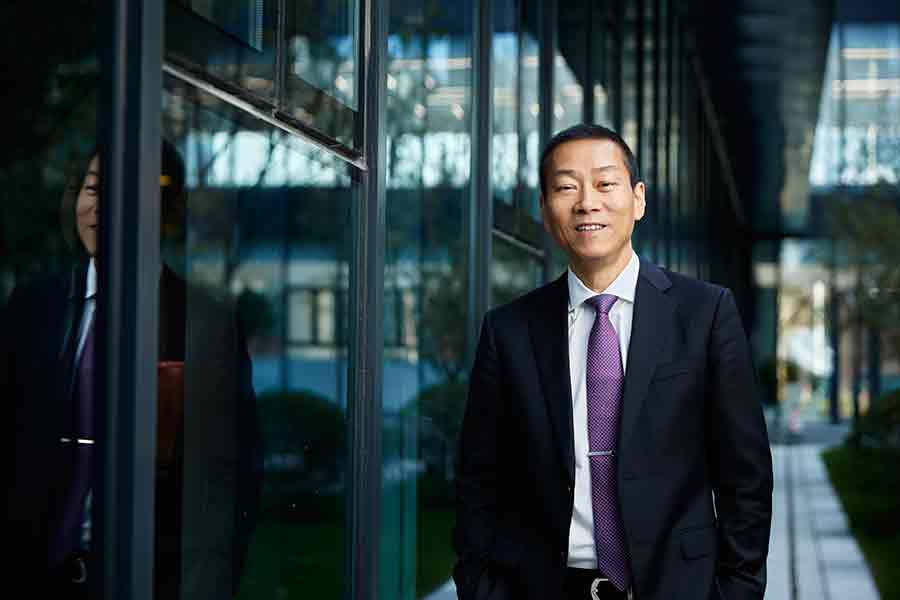Philips wants to make 'connected care' more seamless


The "connected care" approach in medical treatment has huge potential in China, but the country needs to have better financial incentives and educate public more to proliferate the use of such technologies, according to senior executives at Royal Philips.
Connected care experience features integrated smart enterprise systems, devices, software and services of medical institutions and healthcare facilities. They integrate, aggregate and analyze patients' data for early intervention or post-acute health management, said Greater China CEO Andy Ho.
According to him, the essence of connected care is to blur the lines of time, settings, people and data to provide a holistic and seamless medical solution, banking on the power of artificial intelligence and big data.
"China's health-tech market is the second-largest globally and exhibits continued robust growth with significant potential," he said. "We focus on major diseases including cardiology, stroke, oncology and respiratory diseases to have developed integrated solutions including suites of systems, smart devices, software and services to meet the local customer needs."
Carla Kriwet, the company's chief business leader for connected care, dispelled a common misperception that ICUs are deemed more dangerous than general wards. On the contrary, the latter are more likely to witness fatal situations, due to relatively low doctor-patient ratio and a lack of data to monitor each patient in a timely fashion.
To tackle such problems, a program developed by the Dutch firm delivers timely and sufficient information to caregivers and empowers them to give optimal care for patients at the right moment.
Adopting such solution, patient complications can be reduced, when optimal support in clinical decisions, proactive alerting, consultative engagement is enabled.
Even at home, the AI embedded in the connected care solution can also predict the chances of falling for the elderly who live alone, and send warning signals.
Ho believed China is in a good position to ride the connected care wave due to its warm embracement of digital technologies and a strong desire to implement the so-called tiered medical system, which is designed to address the country's unbalanced medical resources.
But hurdles also remain. Fewer insures in China are providing financial incentives for using the technology, and reimbursement of medical expenses largely lean towards inpatient and outpatient, rather than community and at-home care services.
"And the public needs to overcome psychological barriers to fully embrace the idea of out-of-hospital medical treatment," he said.




































